Growing Elephant Ear plants can be a delightful and rewarding experience. With their large, heart-shaped leaves that evoke the grandeur of tropical landscapes, these plants not only add dramatic flair to gardens but also foster an environment of tranquility and lushness. Before embarking on this botanical adventure, let’s delve into how to cultivate these magnificent beauties effectively.
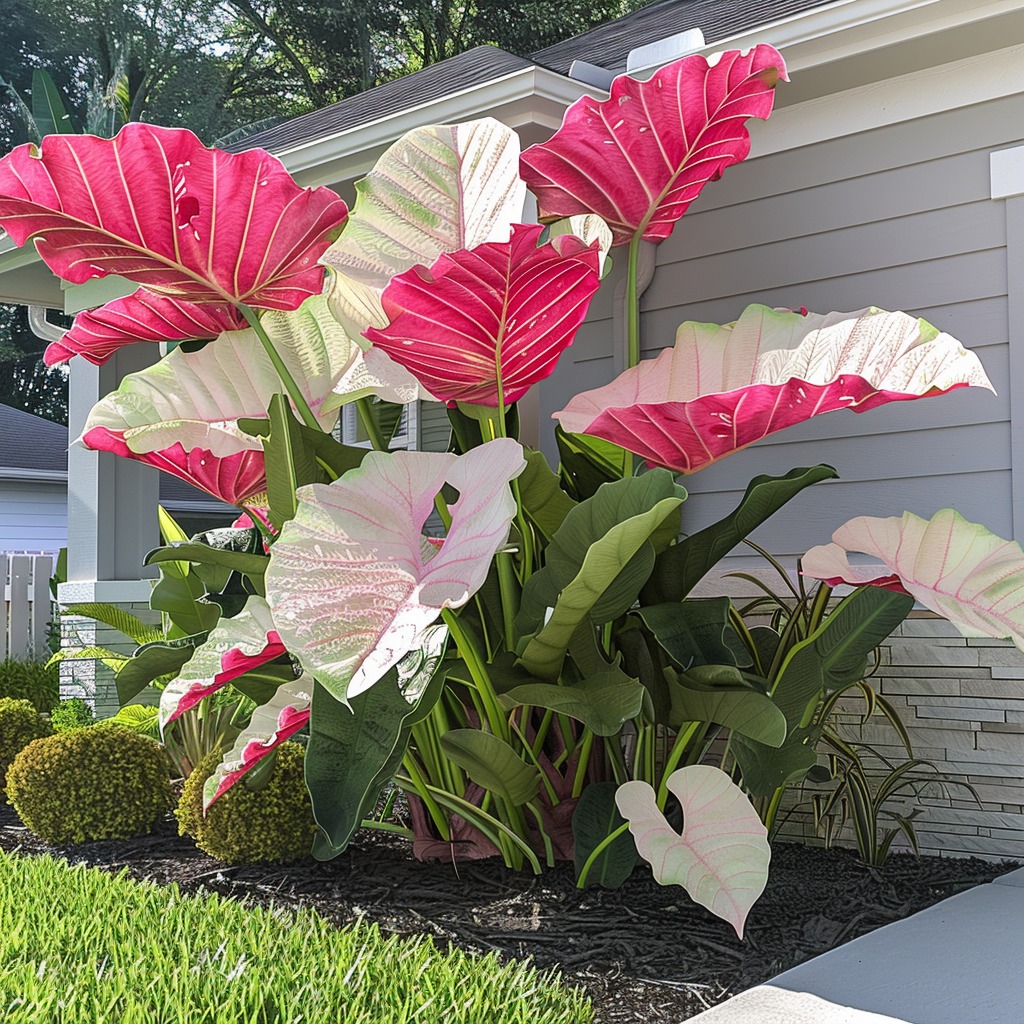
Soil Requirements
To set the stage for your Elephant Ears, consider their specific needs when it comes to soil. They thrive in rich, humusy, moist conditions that mimic their natural habitat. Ideal soil should be slightly acidic, with a pH ranging from 5.5 to 7.0, allowing for optimal nutrient absorption.
Preparing the Soil
Mixing in organic matter like chopped leaves, peat, or composted manure will enrich the soil, providing a nurturing environment for the roots to flourish. This addition of organic materials not only improves the soil structure but also enhances water-holding capacity and nutrient availability. By creating a nutrient-dense, well-draining substrate, you’re setting your Elephant Ear plants up for success.

Maintaining Soil Acidity
The slightly acidic pH range of 5.5 to 7.0 is essential for Elephant Ear plants to thrive. This acidity level allows for optimal absorption of essential nutrients, such as nitrogen, phosphorus, and potassium, which are vital for healthy growth and vibrant foliage. If your soil is too alkaline, you can lower the pH by incorporating sulfur or acidic organic matter like peat moss or decomposed oak leaves.
Addressing Soil Drainage
While Elephant Ears enjoy moist conditions, they cannot tolerate waterlogged soil. Ensuring proper drainage is crucial to prevent root rot and other moisture-related issues. If your soil has a tendency to become overly saturated, consider amending it with sand, perlite, or small gravel to improve aeration and drainage. This delicate balance between moisture retention and drainage will create the ideal environment for your plants to flourish.

Planting Depth and Spacing
When planting your Elephant Ear bulbs, depth is crucial. Generally, they should be placed 4-6 inches deep, with larger bulbs requiring a deeper hole. Think of them as little submarines needing adequate coverage to thrive underwater!
Planting Depth Considerations
The depth at which you plant your Elephant Ear bulbs plays a significant role in their growth and development. Placing them too shallow can result in the bulbs being exposed, leading to damage and stunted growth. Conversely, burying them too deeply can hinder their ability to emerge and establish a strong root system. By following the recommended 4-6 inch depth, you’re ensuring that the bulbs have enough soil coverage to protect them while still allowing for optimal root expansion.
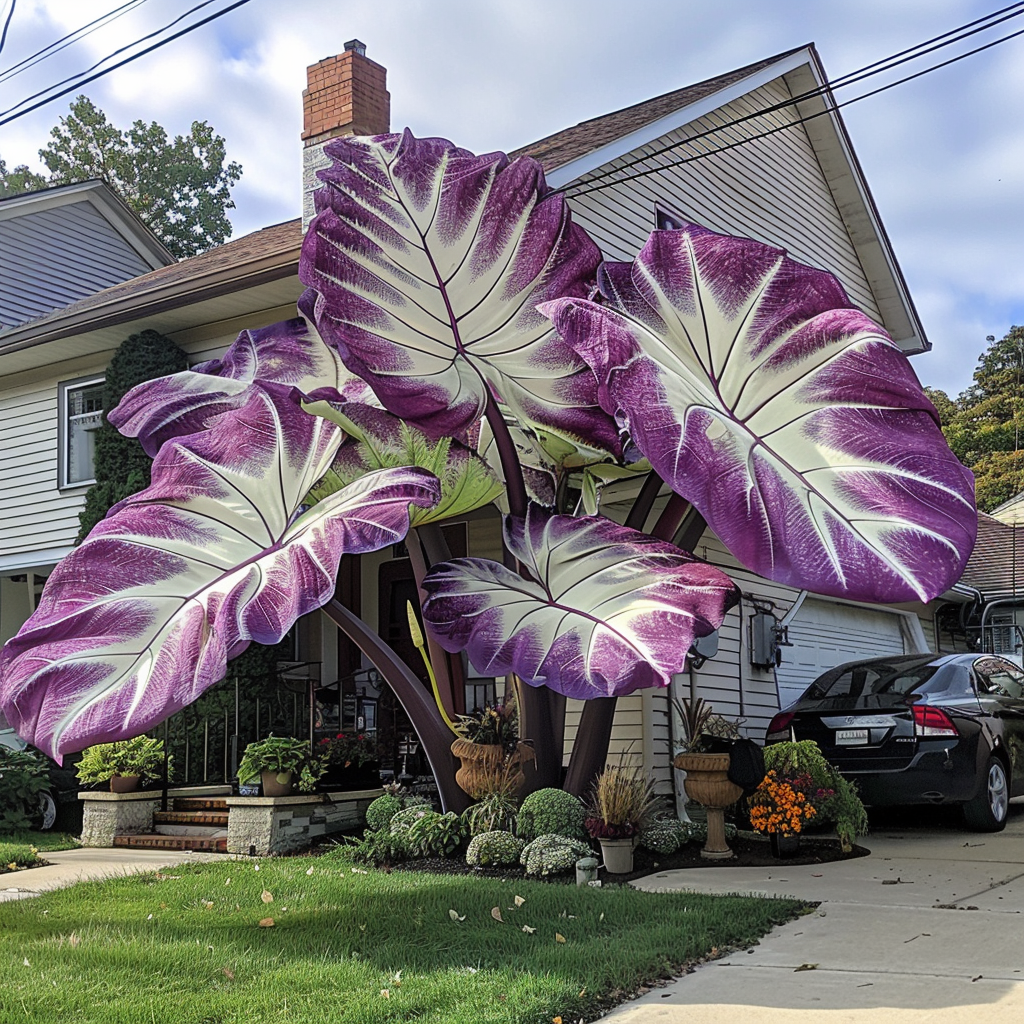
Spacing Requirements
Additionally, consider their expansive growth; many varieties can reach widths of up to 4 feet. Therefore, spacing becomes vital—allow each plant enough room to spread its grand leaves without crowding. Overcrowding can lead to competition for resources, such as moisture, nutrients, and light, ultimately compromising the overall health and vigor of your Elephant Ear plants.
Planting in Containers
If you have limited garden space or prefer a more controlled growing environment, Elephant Ears can thrive in containers as well. When planting in pots, maintain the same depth recommendations, but adjust the spacing to accommodate the container size. Ensure the container has adequate drainage holes to prevent waterlogging, and use a well-draining potting mix to replicate the ideal soil conditions.
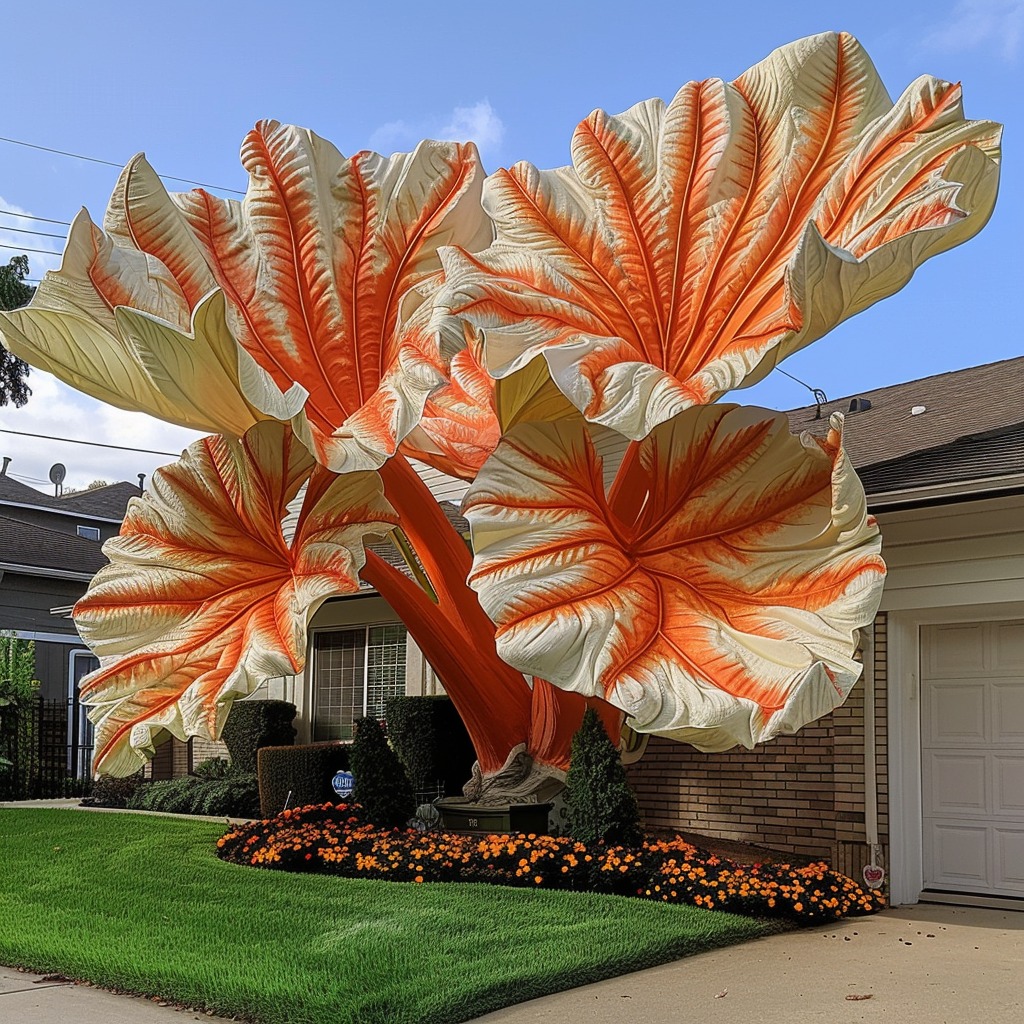
Light and Watering Needs
While most Elephant Ear plants can bask in full sun, they often prefer some shade, especially in hotter climates. Providing afternoon shade can help protect them from scorching heat and encourage their lush green foliage to thrive.
Balancing Sunlight Exposure
In cooler regions, Elephant Ears may tolerate full sun exposure throughout the day, as the temperatures are less likely to become excessively hot. However, in warmer climates, the midday sun can scorch the delicate leaves, causing them to wilt or discolor. By offering some afternoon shade, you’re creating a more favorable microclimate that allows your plants to thrive without succumbing to heat stress.
Monitoring Soil Moisture
Achieving a delicate balance in watering is essential; while they enjoy moisture, overwatering can lead to soggy soil, which is detrimental to their health. Imagine a sponge that has become too saturated—it loses its structural integrity. Similarly, maintaining well-draining soil while keeping the moisture levels high is key to sustaining your plants’ vitality.
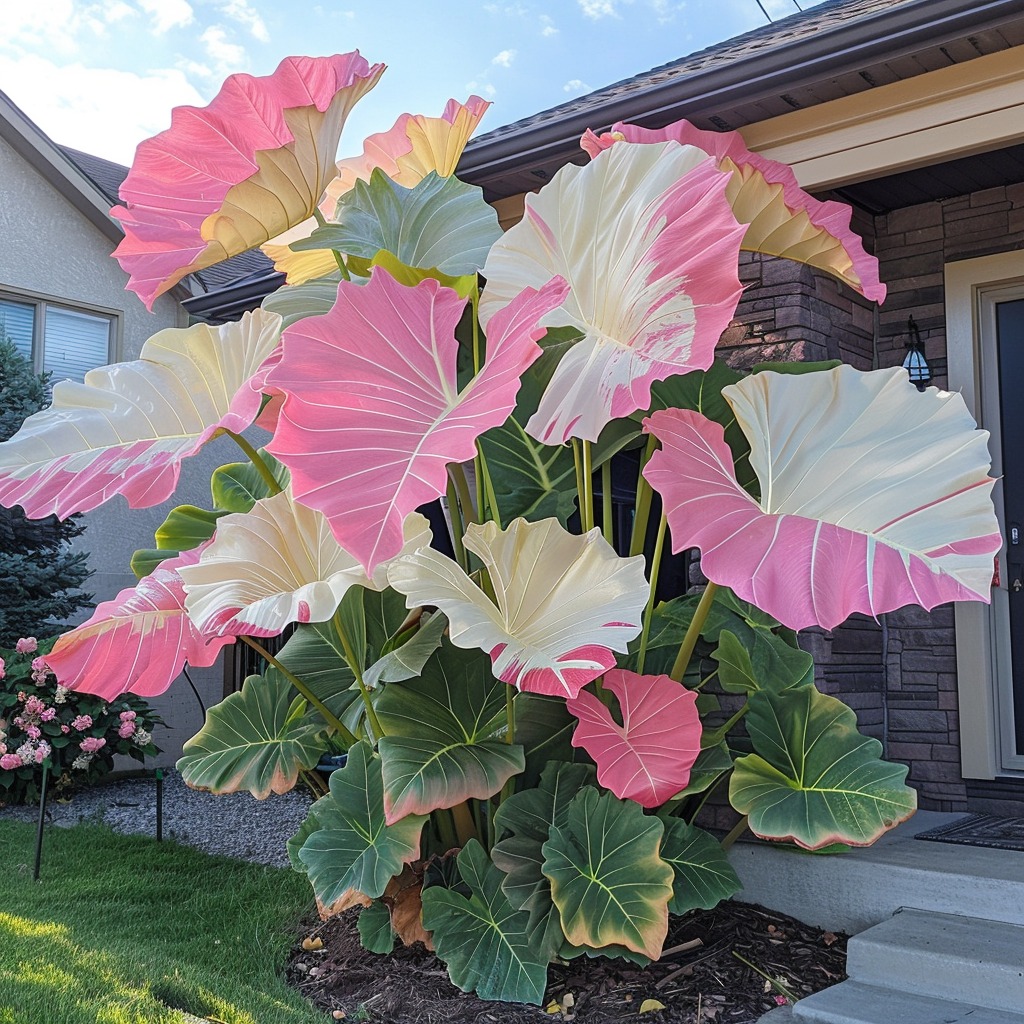
Establishing a Watering Routine
Elephant Ears require consistent moisture, especially during the growing season. Water them regularly, ensuring the soil is consistently moist but not waterlogged. Depending on your climate and soil conditions, this may mean watering every few days or even daily during periods of intense heat or drought. Pay attention to the leaves; if they start to droop or wilt, it’s a sign that the plant is in need of water.
Avoiding Overwatering
On the flip side, overwatering can be just as detrimental as underwatering. Soggy soil can lead to root rot, which can quickly compromise the overall health of your Elephant Ear plants. If the leaves start to turn yellow or the soil remains saturated for extended periods, it’s a clear indication that you need to adjust your watering practices.
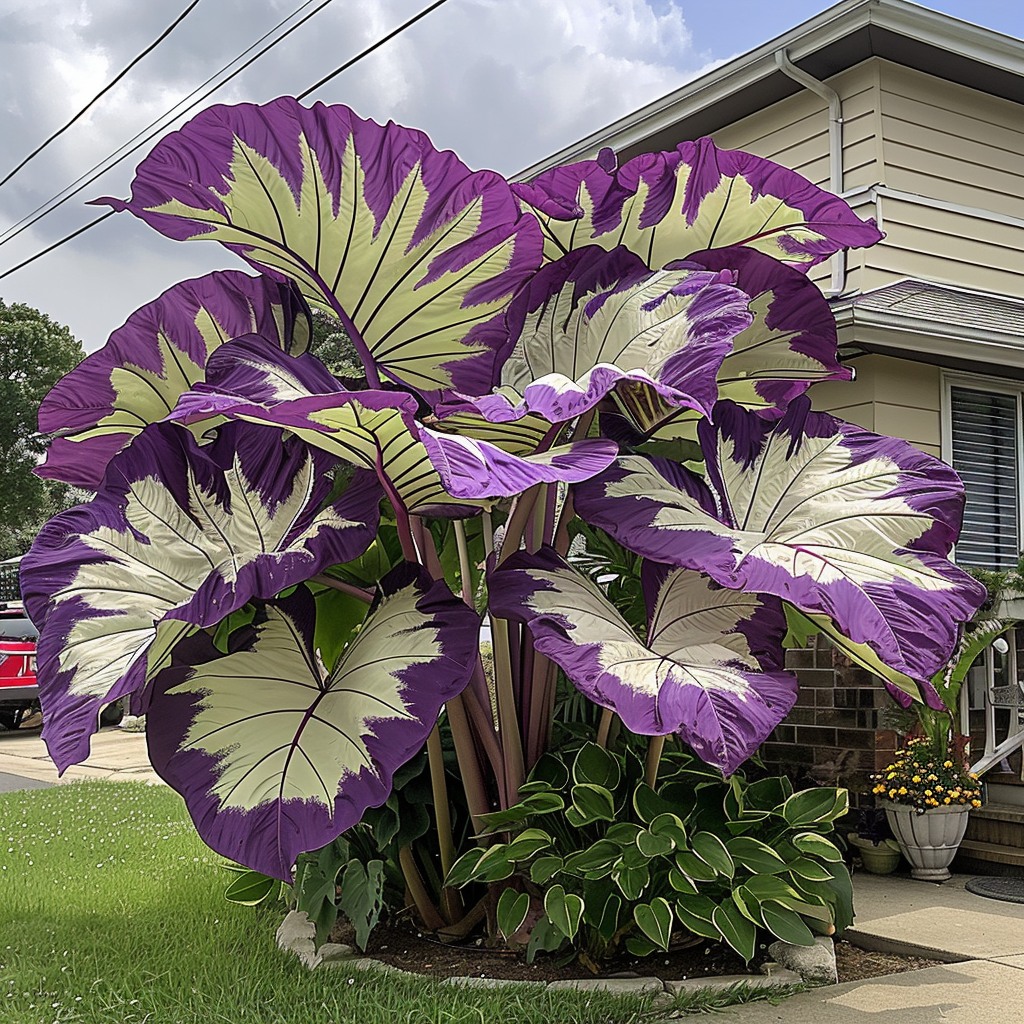
Timing and Temperature
Timing your planting is just as crucial as the care you provide afterward. It’s best to plant Elephant Ear bulbs in spring, once all risks of frost have passed and temperatures stabilize between 60°F and 85°F. This attention to seasonal cues ensures that your plants are nestled in warmth, ready to generate their spectacular foliage during the growing season.
Optimal Planting Time
Choosing the right time to plant your Elephant Ear bulbs is essential for their successful establishment and growth. In most regions, the ideal time is in the spring, typically between April and May, once the threat of frost has passed. This allows the bulbs to settle into the warm soil and begin actively growing, taking advantage of the longer days and milder temperatures of the spring and summer seasons.
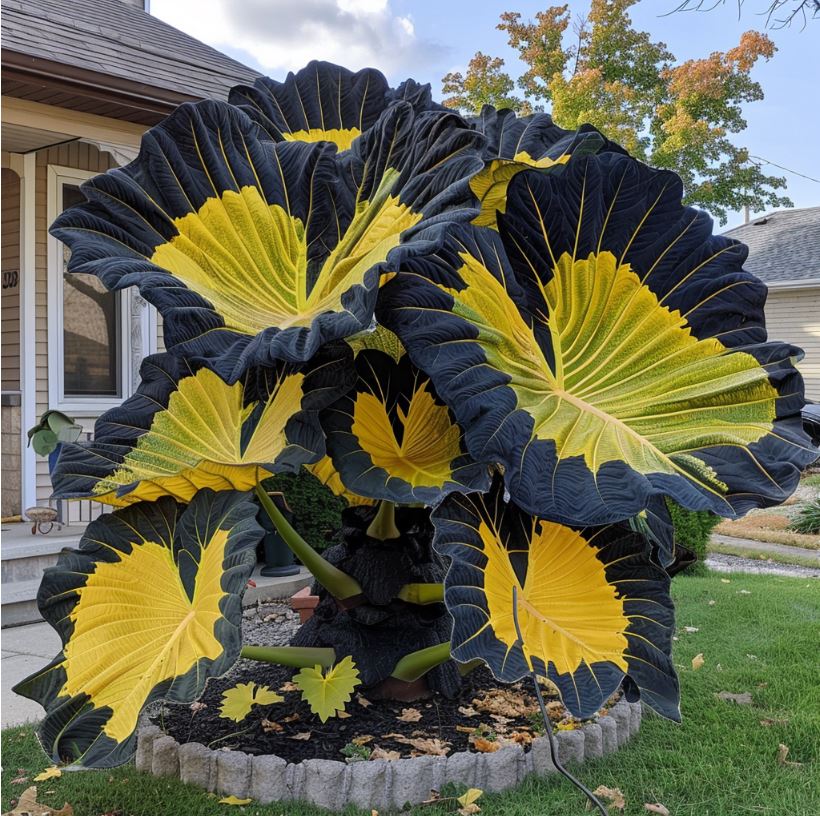
Temperature Considerations
Elephant Ear plants thrive in warm, tropical-like conditions. The ideal temperature range for their growth and development is between 60°F and 85°F. Planting them too early, when the soil is still cool, can result in delayed or stunted growth, as the bulbs may struggle to establish their root systems and foliage. Conversely, exposing them to extreme heat, especially during the initial stages of growth, can also cause stress and potentially damage the delicate leaves.
Protecting from Frost
While Elephant Ears are tropical plants, they are not immune to the effects of frost. In regions with colder climates, it’s essential to wait until the last expected frost date before planting your bulbs. Covering the plants with a frost blanket or bringing potted Elephant Ears indoors can help protect them from cold snaps that may occur during the early spring or late fall.
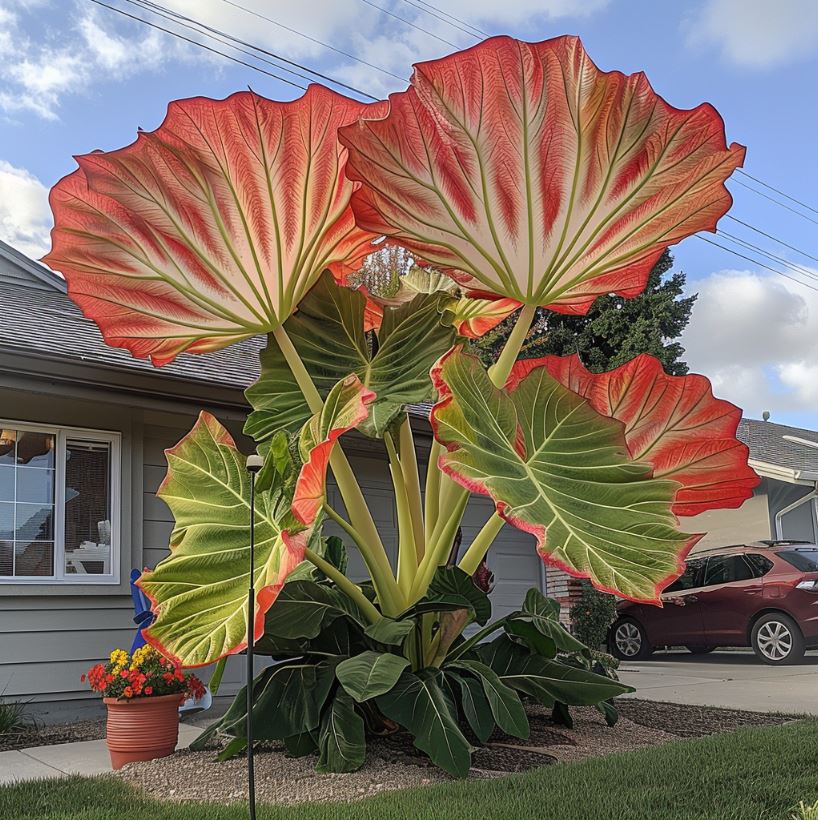
Monitoring Temperature Changes
Throughout the growing season, it’s important to keep an eye on temperature fluctuations and be prepared to adapt your care routine accordingly. Sudden drops in temperature or prolonged periods of heat may require you to provide additional protection or adjust your watering practices to ensure your Elephant Ear plants remain healthy and thriving.
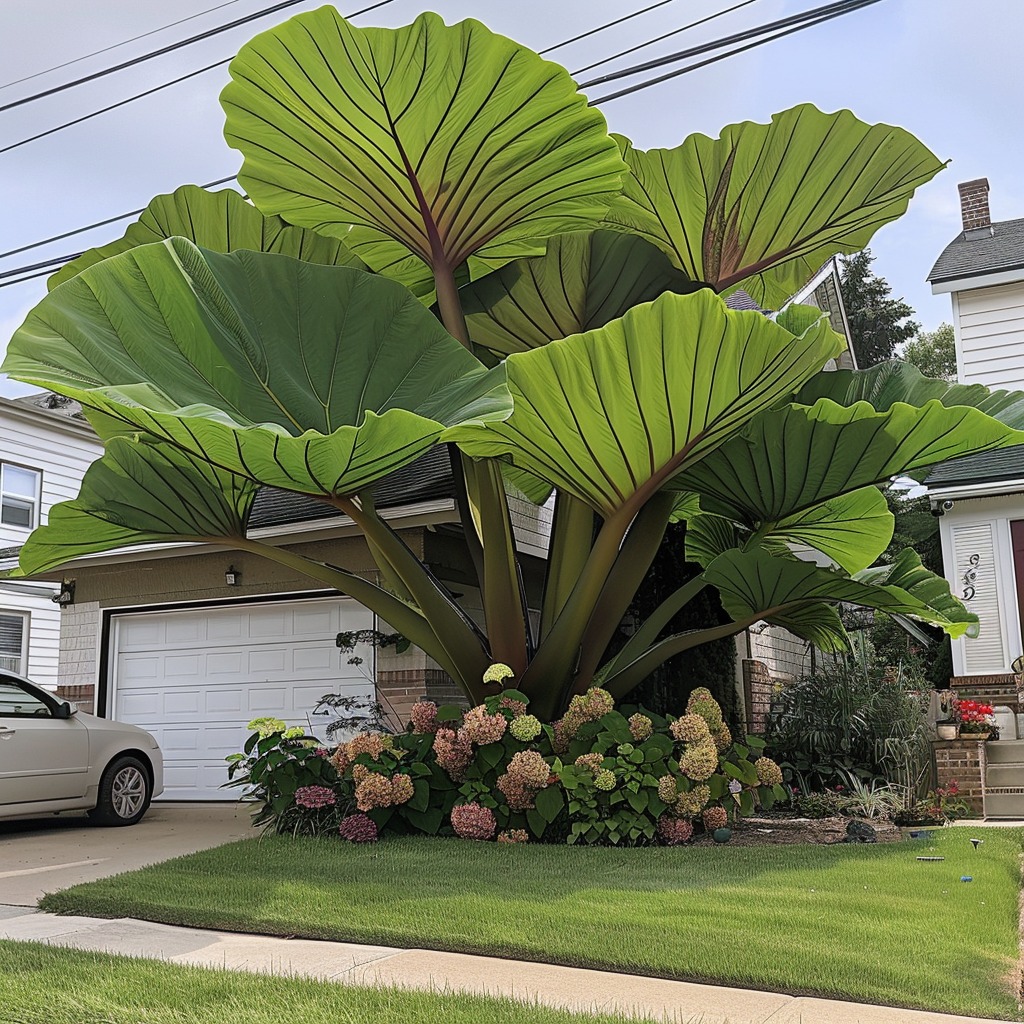
Conclusion
As you embark on your journey of growing Elephant Ear plants, remember that each step—soil preparation, planting, light exposure, watering, and timing—interconnects to create a harmonious environment for growth. Much like nurturing a relationship, your care and attentiveness will translate into bountiful, vibrant leaves that evoke the beauty of a lush jungle. As you watch your plants grow, reflect on the significance of balance in nature and the art of cultivating life. This experience goes beyond mere gardening; it’s a dance with nature, a connection forged through care and patience.




